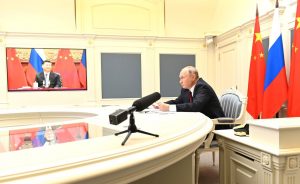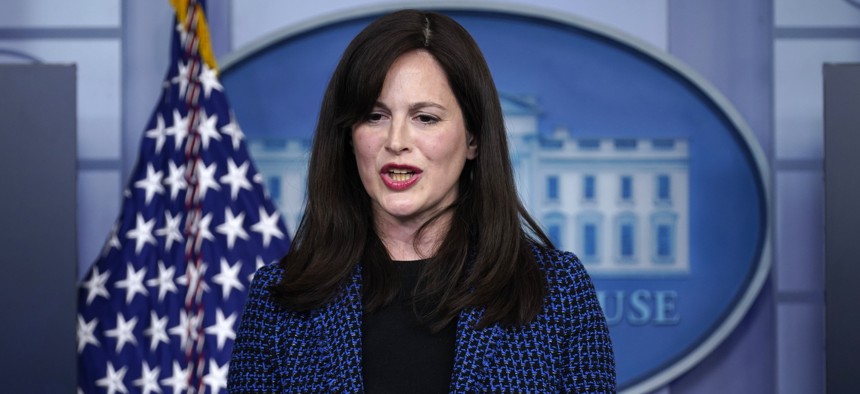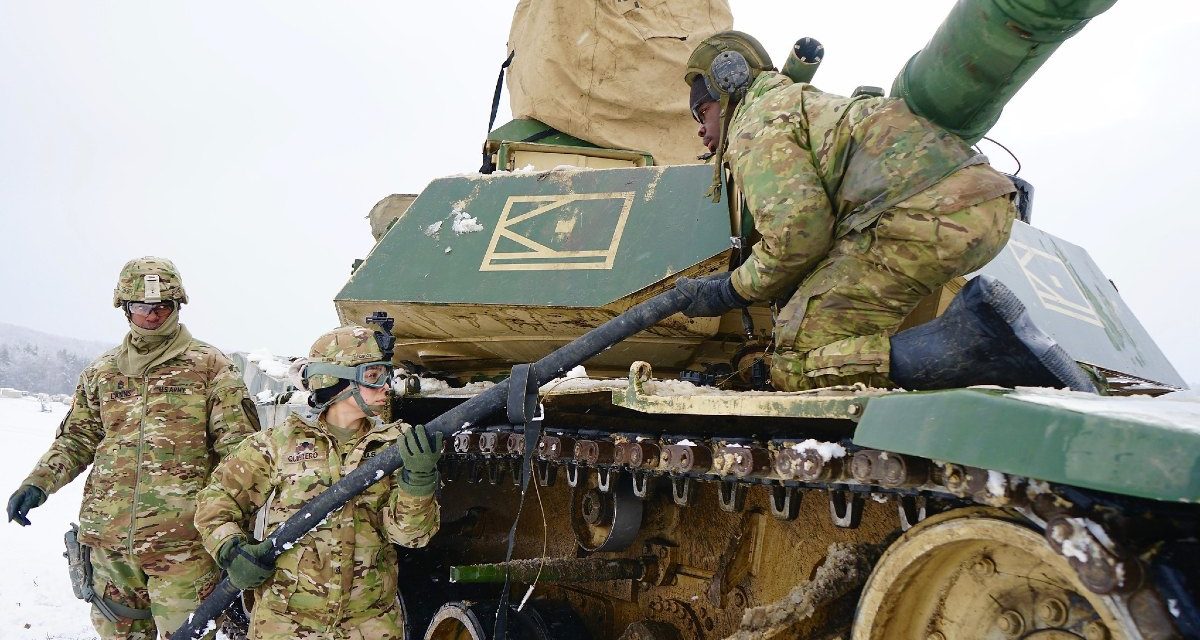DAVID DOLLAR, YIPING HUANG, AND YANG YAO
China’s long-term success will depend primarily on addressing its internal challenges
In 2012 the Chinese government set a long-term goal: build China into a fully developed and prosperous country by 2049, 100 years after the founding of the People’s Republic. Given its success since the beginning of economic reform in 1978, this kind of transformation is certainly possible. But it is difficult and not guaranteed.
China faces serious domestic challenges such as an aging population, a rural-urban divide, an underdeveloped financial system, insufficient innovation, and reliance on carbon-based energy sources. Furthermore, China’s external economic relations have become contentious with a number of major partners, resulting in growing trade and investment barriers in both directions. Our book, China 2049, examines the policies that can help the country achieve this ambitious goal.
An older population




















